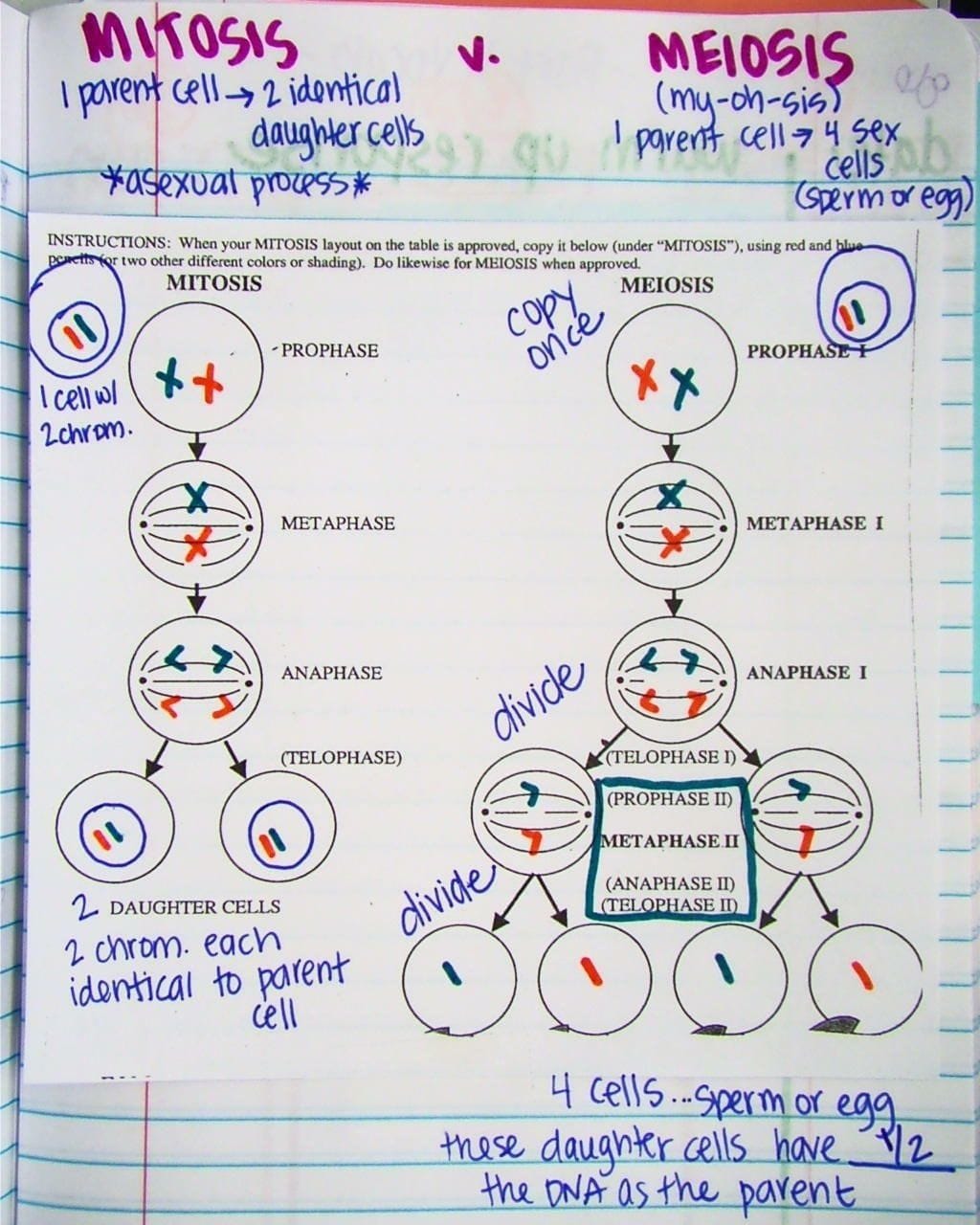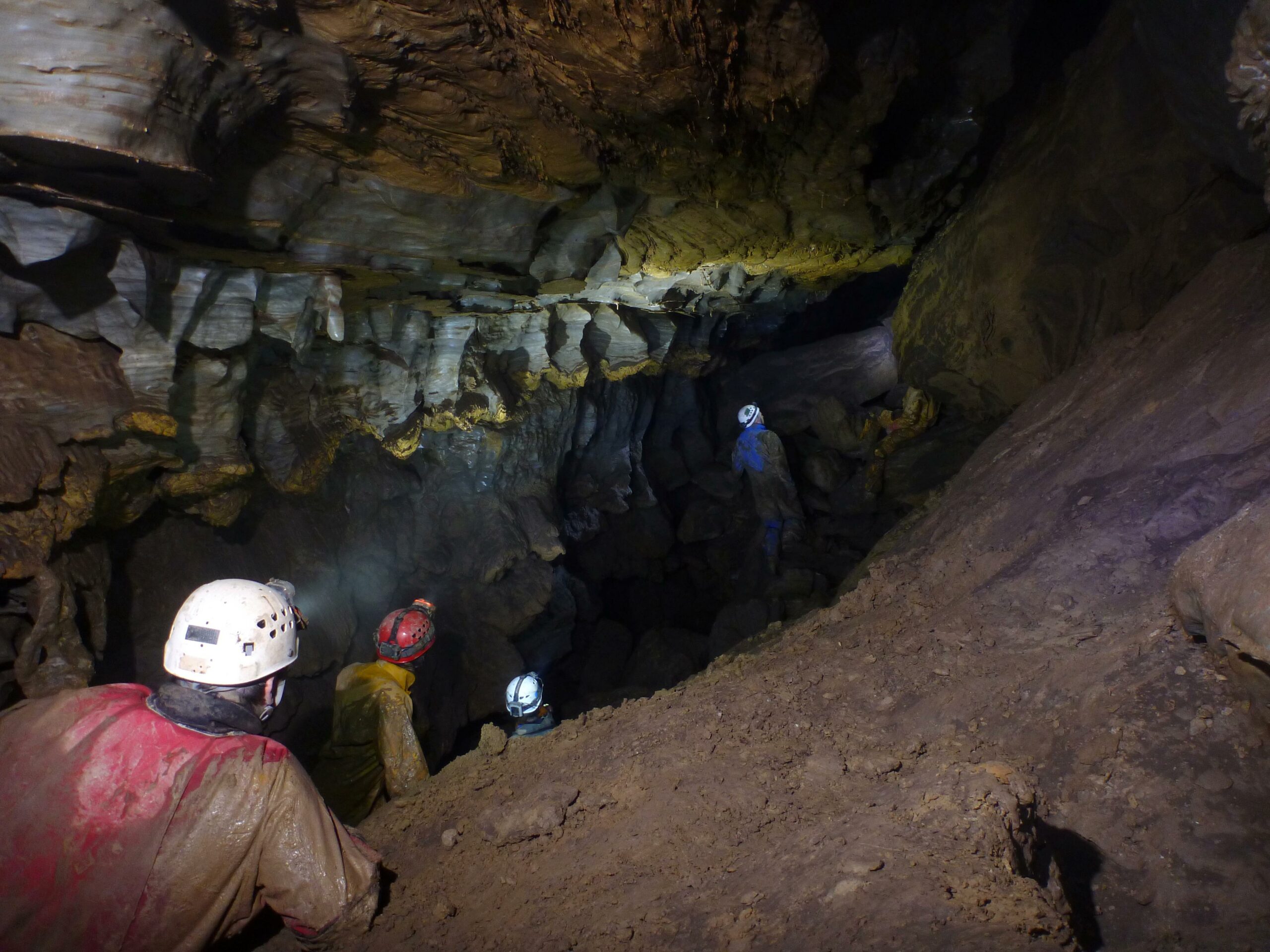Nye Bevan House, Rochdale: Your Guide to NHS Services & Accessibility in 2024

Looking for information on Nye Bevan House in Rochdale? This comprehensive guide provides everything you need to know about this ...
Read moreThe Parisian Patriarch: Deconstructing a Cultural Icon in the City of Lights

“Parisian Patriarch”—a seemingly simple crossword clue, yet it unlocks a world far richer than its usual four-letter solution, père. This ...
Read moreWho Are the Nadars of South India and What Do They Do?

The Nadars, a prominent community primarily residing in the southern districts of Tamil Nadu, have a rich and complex history. ...
Read moreWinnie the Pooh Characters and Their Psychological Profiles: Exploring Mental Health in the Hundred Acre Wood

Delve into the fascinating world of Pooh characters and mental disorders and explore the hypothetical psychological profiles of these beloved ...
Read morePlay the Peppered Moth Game: Understanding Evolution Through Interactive Simulation

Experience evolution in action with the Peppered Moth Game! This interactive simulation lets you become the predator, shaping moth populations ...
Read moreThe Mental Health of Winnie the Pooh and Friends: A Thoughtful Look at the Hundred Acre Wood

Ever wondered about the potential psychological disorders of Winnie the Pooh and his friends? Delve into the fascinating analysis of ...
Read moreMaster Newton’s Method with Our Free Online Calculator (Interactive Visualizations & Step-by-Step Guide)

Unlock precise solutions to complex equations with our intuitive guide to Newton’s Method. Dive deep into the algorithm, visualize iterations, ...
Read moreMastering the Normal CDF Calculator: A Comprehensive Guide with Real-World Examples

This guide provides a comprehensive understanding of the normal Cumulative Distribution Function (CDF) calculator, covering its use, applications, and underlying ...
Read moreMeiosis Worksheet Answer Key: Free Printables with Diagrams & Explanations

This guide dives deep into the intricacies of meiosis, providing clear explanations and helpful diagrams to make your meiosis worksheet ...
Read moreMerlin’s Cave at Tintagel Castle: Unveiling the Secrets of Arthur’s Magician

Whispers of Merlin: Exploring a Coastal Wonder Picture this: the rugged Cornish coast, waves crashing against ancient cliffs, and a ...
Read more







